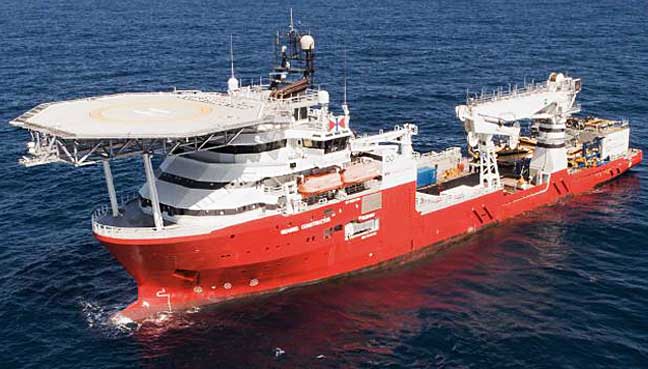PETALING JAYA - The South China Morning Post has reported that the new search for the missing Malaysia Airlines flight MH370 could ultimately be an operation to search for shipwrecks.
The new search for the missing plane began on Jan 22, after Malaysia agreed to pay the US-based Ocean Infinity up to US$70 million, but only if it found the aircraft within 90 days. However, it was reported earlier this month that the deadline ends in mid-June, as the days needed for refuelling were not to be factored in.
The search vessel, the Seabed Constructor, carries eight “autonomous underwater vehicles” (AUV), or submersible craft, that will scour the seabed with scanning equipment for information to be sent back for analysis.
Referring to the final report by the Australian Transport Safety Bureau (ATSB) on the search which was conducted over four years in an area covering 710,000 sq km of the southern Indian Ocean, the Hong Kong-based daily said the report had mentioned that four shipwrecks had been identified in the area searched.
“What if, under the guise of searching for MH370, Ocean Infinity was making use of the extensive mapping done by the Australians to search for shipwrecks and treasure? That would at least make some sense of the massive financial investment,” SCMP reported.
The daily quoted a specialist who had worked on many wreck recovery operations, including the recovery of Air France flight AF447 in the Atlantic Ocean, as saying that the cost of the operations on a daily basis would be extremely high.
“I do not see how nor why any company would take on such a financial risk, Using such a ship would cost between US$70,000 and US$100,000 per day.
“Then there are the AUVs, various equipments and the specialist teams required to run operations and assess data around the clock.
“Either they have information that no one else has or there is something totally incomprehensible in their approach,” Paul-Henri Nargeolet told SCMP.
It had been previously reported that the Seabed Constructor had its transponder turned off for about three days in early February.
The UK’s Daily Mail reported on Feb 11, that a treasure chest had been found resting nearly 4km below the surface of the southern Indian Ocean in an area called Shipwreck #1, as per the ATSB report.
It added that the site was also near Shipwreck #2, thought to be where a Peruvian ship named SV Inca vanished on the way to Sydney more than 100 years ago.
Following speculation over the vessel’s transponder being switched off, Transport Minister Liow Tiong Lai however, said it was because the vessel had made a refuelling stop in Australia.
Main investor’s interest in shipwrecks
Meanwhile, SCMP highlighted the fact that the main investor behind Ocean Infinity is Anthony Clake, a partner in large London asset management company Marshall Wace.
According to the daily, in 2012, Clake was quoted in a Times newspaper article headlined, “Celebrities saved millions using tax breaks from shipwreck salvage”.
“The story reported that Clake, ‘a hedge fund tycoon’, had personally invested £17 million in so-called high-risk companies specialising in treasure hunting. ‘Mr Marshall and Mr Clake told The Times they had invested in several shipwreck salvage companies, and in total had found 11 wrecks, including a haul of silver’.”
Ocean Infinity had previously been reported as saying that they “are ultimately providing a service to the government of Malaysia.”
“This is because there was a realistic hope of finding the plane,” the company’s British CEO Oliver Plunkett told The Australian in an interview last January.
MH370, a Boeing 777, disappeared en route to Beijing from the Kuala Lumpur International Airport with 227 passengers and 12 crew members on board on March 8, 2014.
No trace of the plane’s main wreckage has been found despite the largest and most expensive search operation in modern aviation history.
Only three confirmed fragments of MH370 have been found, all of them on western Indian Ocean shores, including a two-metre wing part known as a flaperon. - FMT


No comments:
Post a Comment